Search
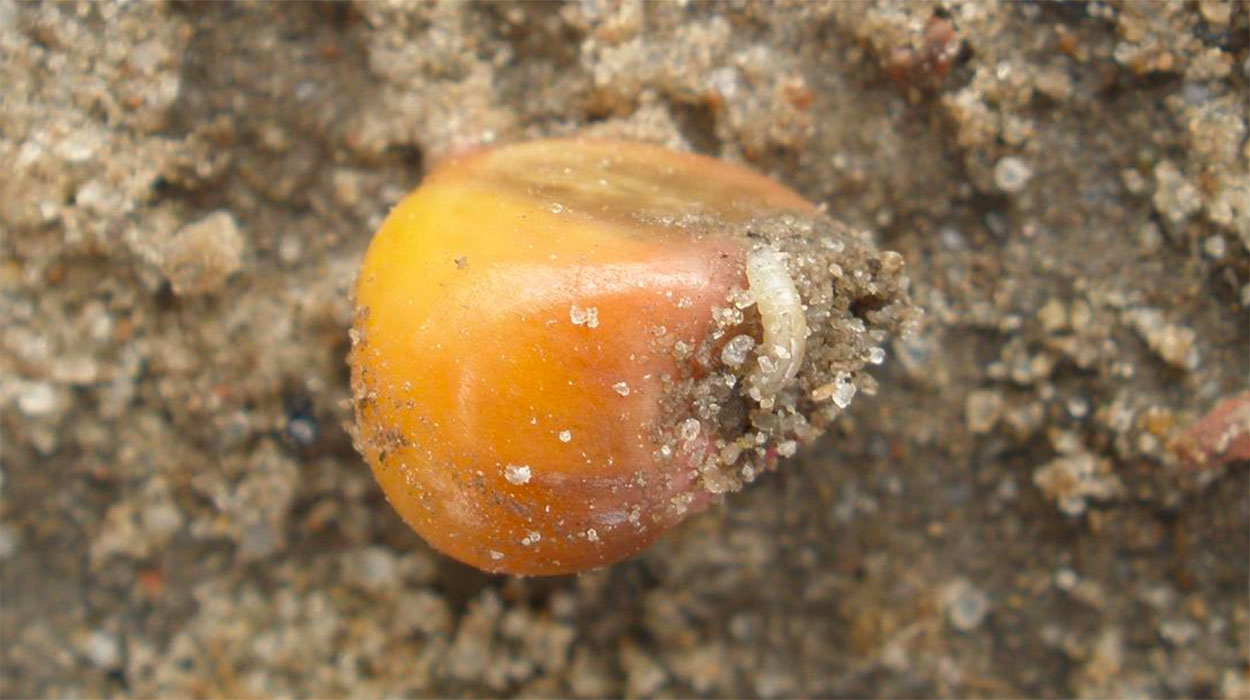
Seedcorn Maggot Degree Day Activity Estimates: May 24, 2024
Parts of South Dakota are currently at, slightly below, or over the 1,080 degree days for the peak second generation emergence of seedcorn maggots.
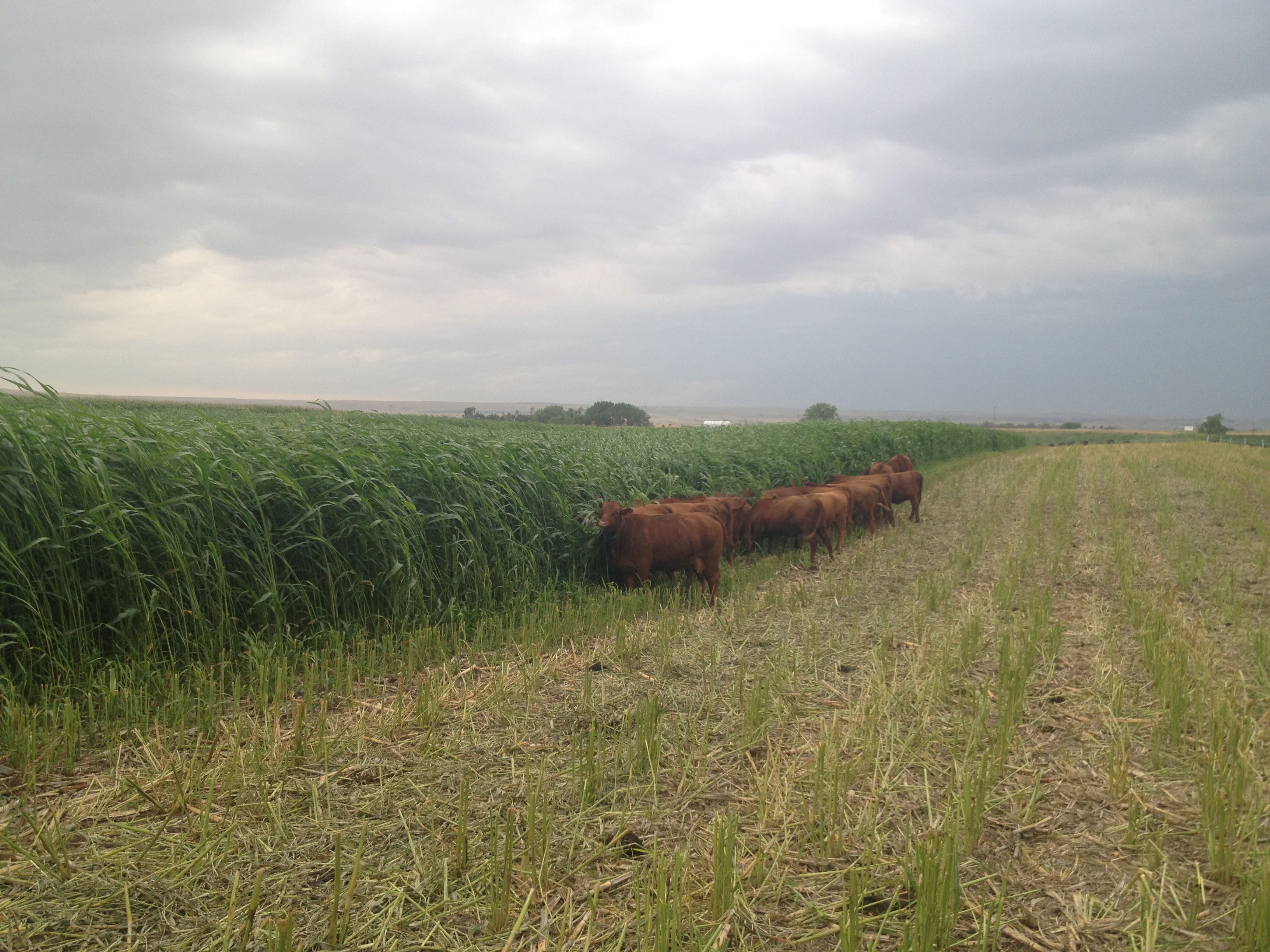
Delayed Planting Challenges: Alternative Forages
With the excessively wet planting conditions much of South Dakota is now experiencing, many producers are looking for “Plan B” to meet forage needs for their livestock, or as a commodity that can be marketed to livestock producers.

Other Animals
With access to faculty and researchers, and extensive experience, our team provides South Dakotans with resources to help answer questions.
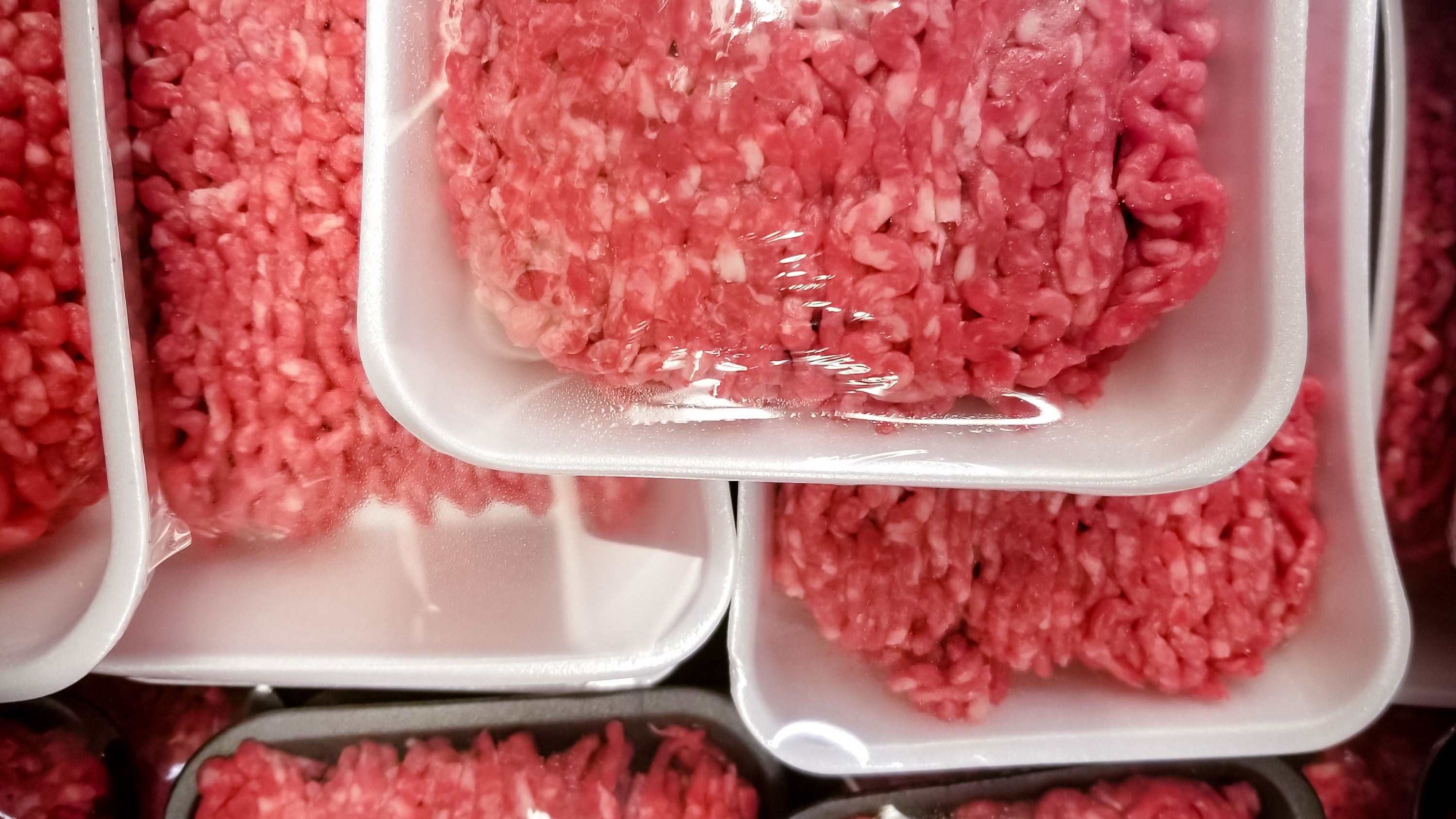
Looking for Foodborne Germs and Their Resistance to Antibiotics: Ground Beef
This report analyzes the NARMS results for ground beef for the period of June 2018 through May 2019.

Meeting Cow Requirements While Winter Grazing
Regardless of grazing strategy, it is critical that producers provide proper supplementation to allow cows to meet nutrient requirements throughout the winter grazing season.
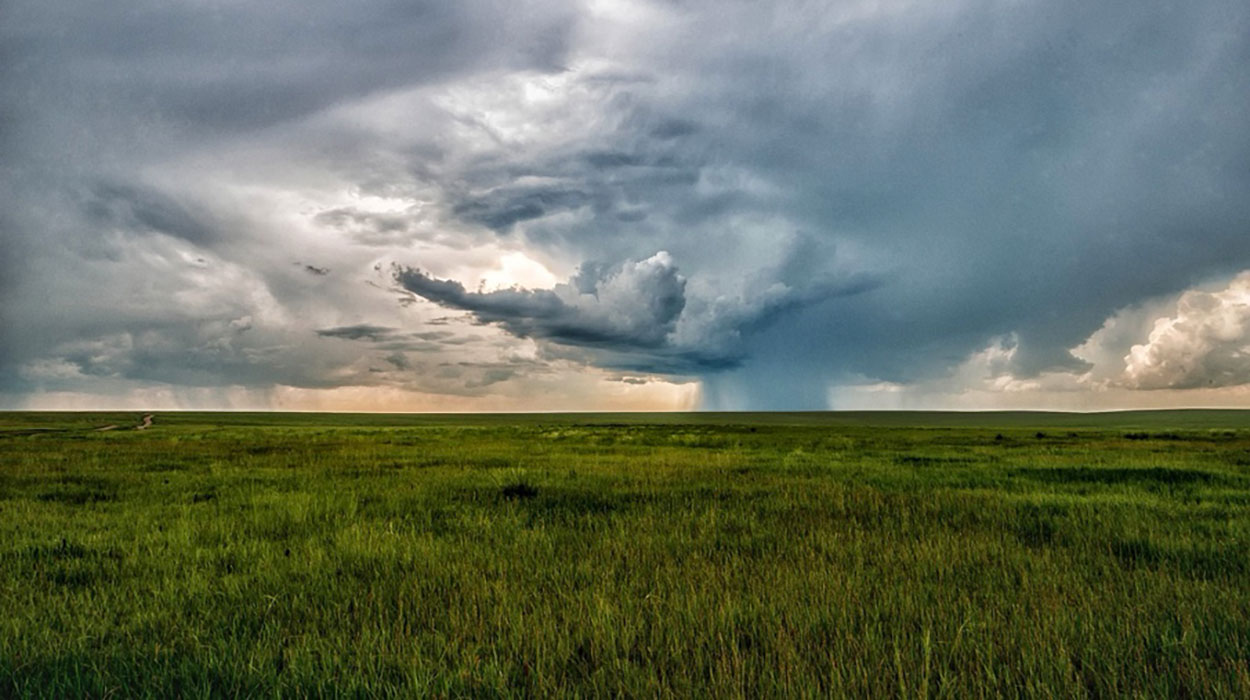
North Central Ag and Climate Conference brings together best regional research and outreach
June 05, 2024
South Dakota State University Extension invites agriculture and climate professionals to attend the North Central Agriculture and Climate Conference.
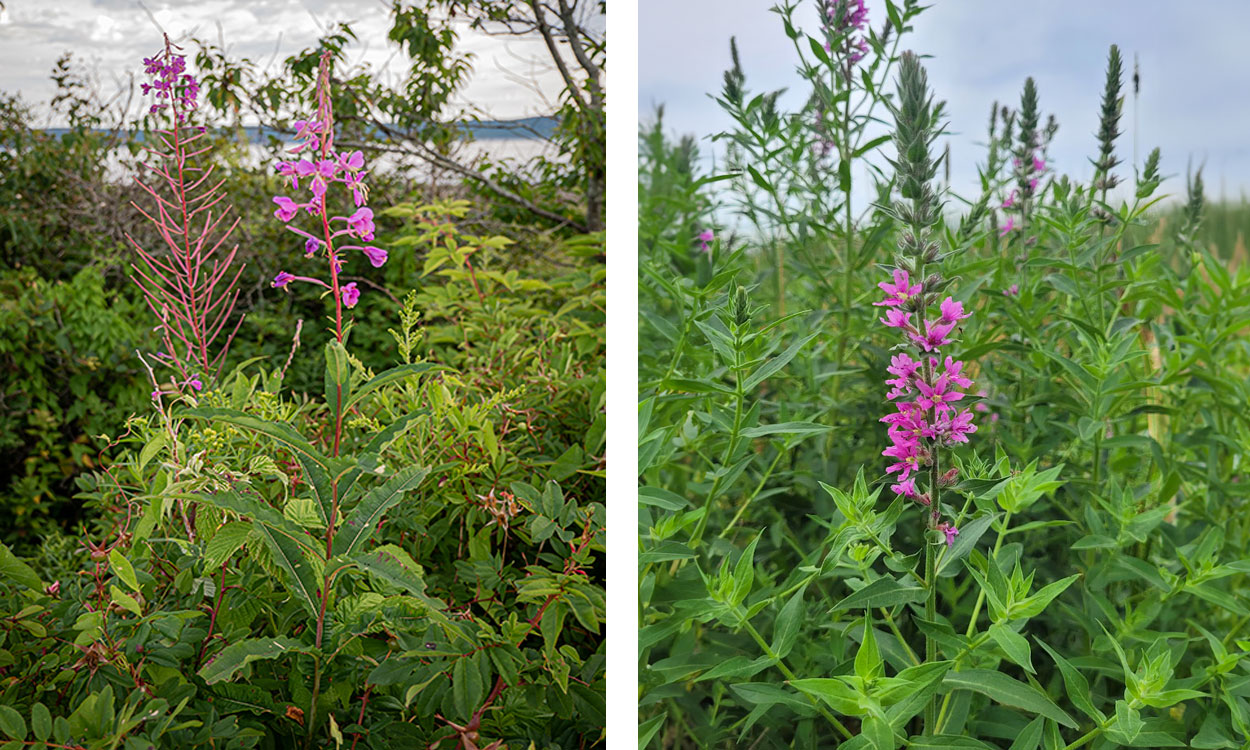
Plant Look-Alikes: What’s the Difference Between Fireweed and Purple Loosestrife?
Fireweed and purple loosestrife are often confused with one another due to their similar appearances, but the two plants have dramatically different impacts on the environment. Learn some key characteristics to help tell them apart.
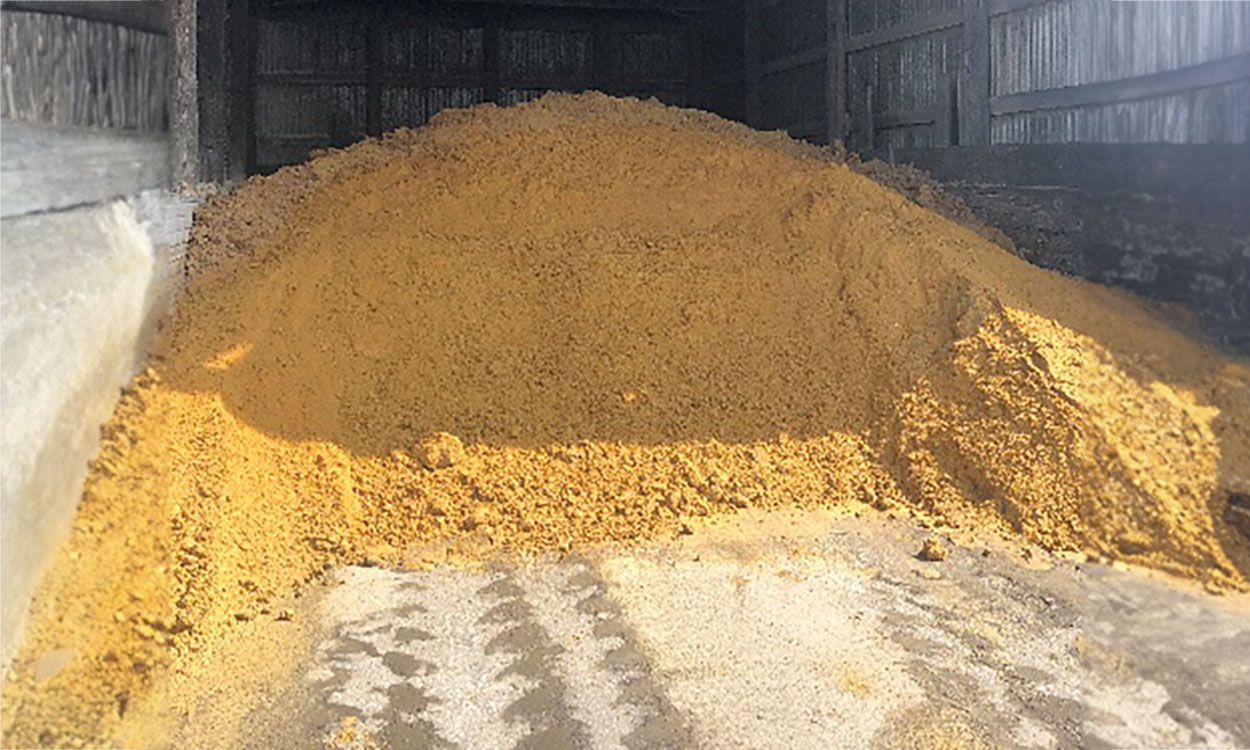
Understanding Protein in Feed
Cattle producers are likely accustomed to seeing common abbreviations, such as CP, RDP, RUP, and MP, in relation to feedstuffs. Let's revisit what some of these abbreviations mean in relation to protein in cattle feed.
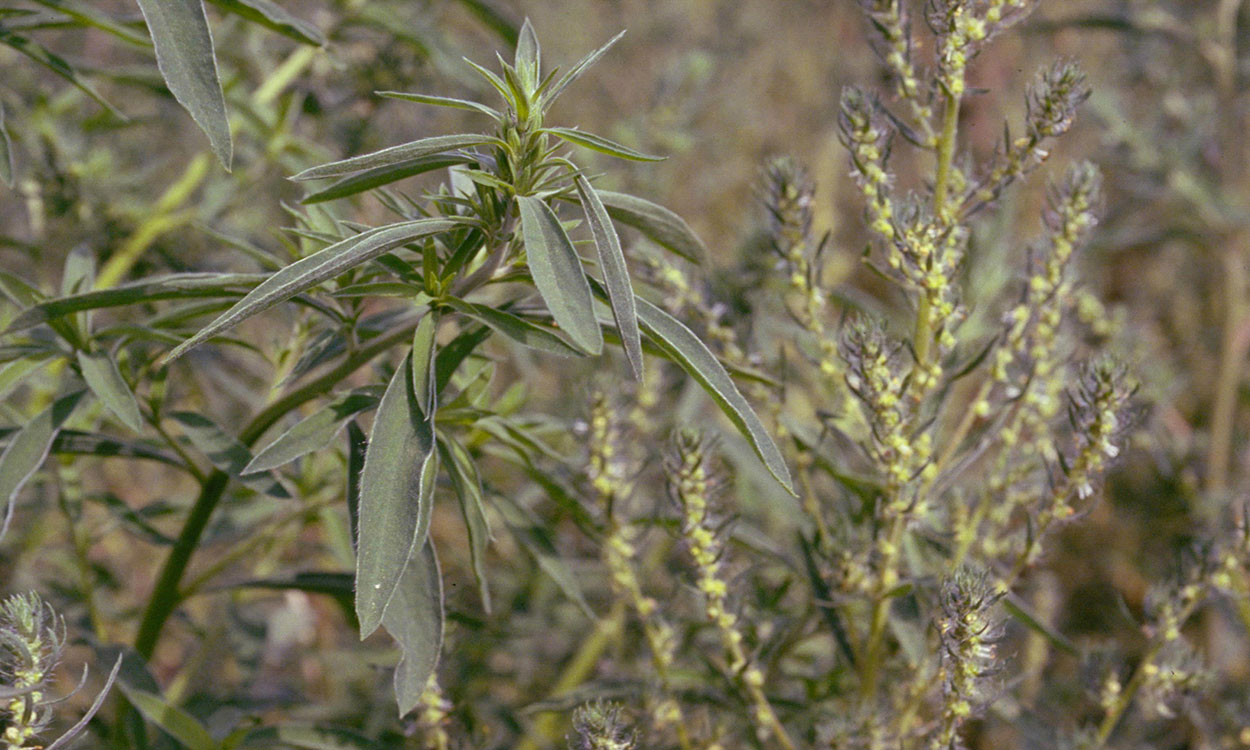
Kochia Preplant Burndown Management for 2024
Kochia is a weed that impacts many South Dakota crops, and it can reduce yields significantly if not properly managed. Learn some expert tips using chemical, cultural, and mechanical tactics to control it.
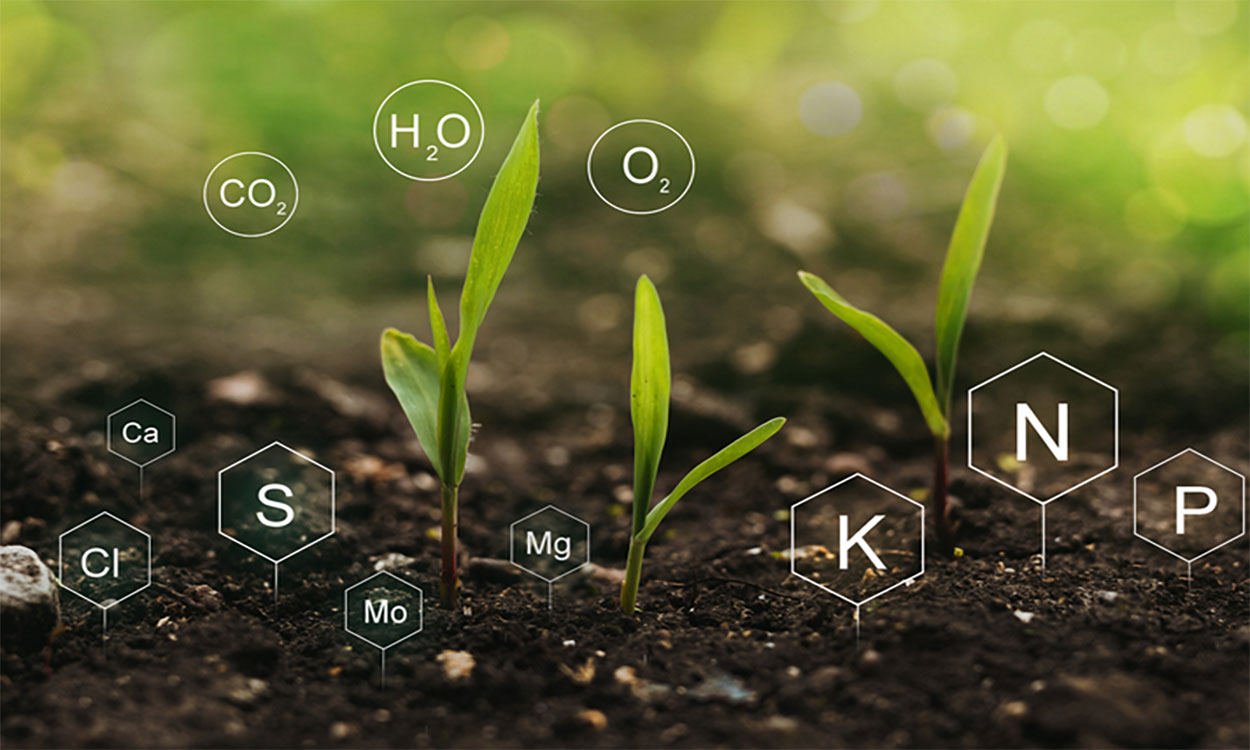
Interpreting Soil Tests for Gardening
There are many different chemicals that make up plants. These chemicals include hydrogen, carbon, oxygen, nitrogen, phosphorus, sulfur, calcium, magnesium, iron, manganese, copper, boron, zinc, molybdenum, cobalt, and chlorine.